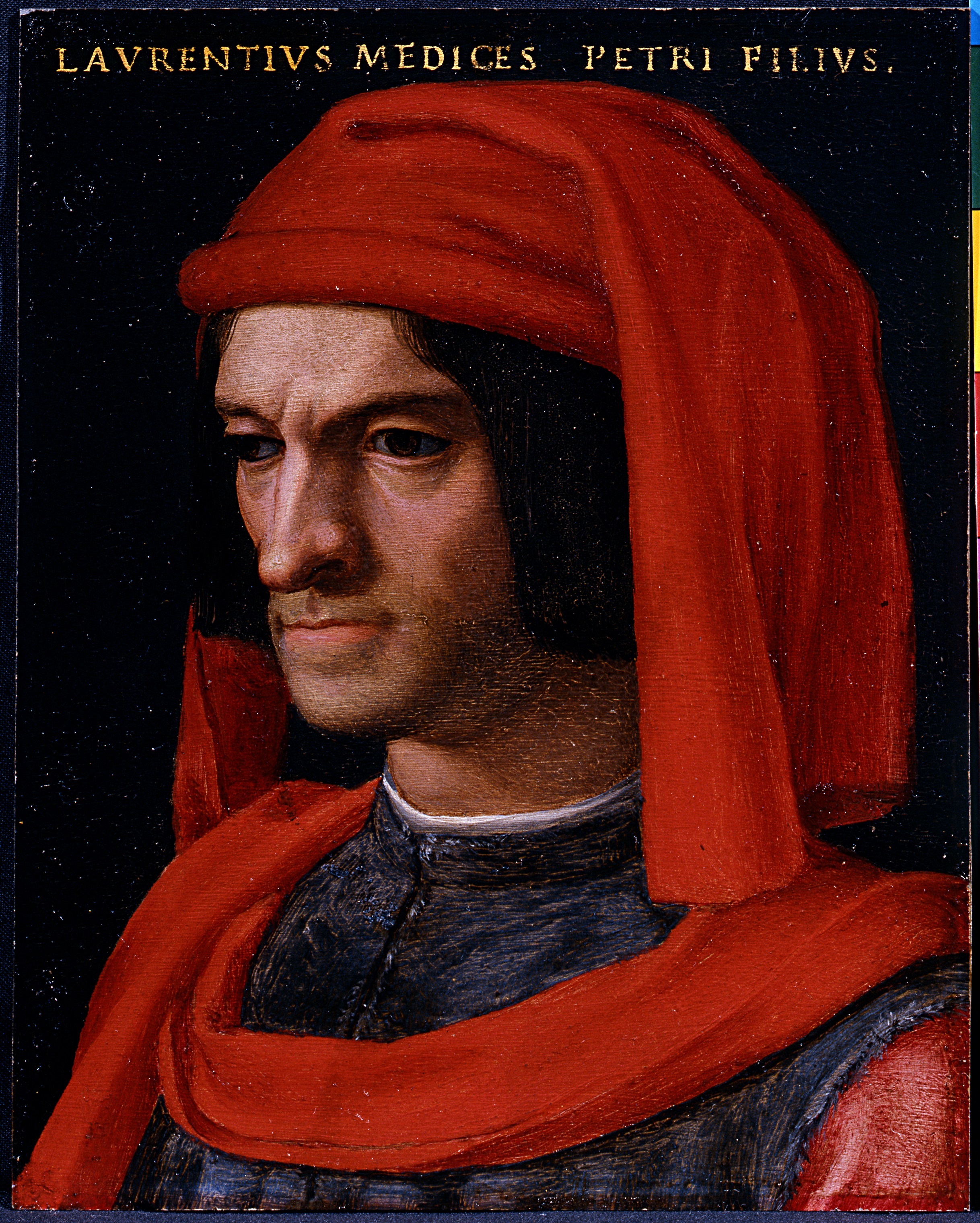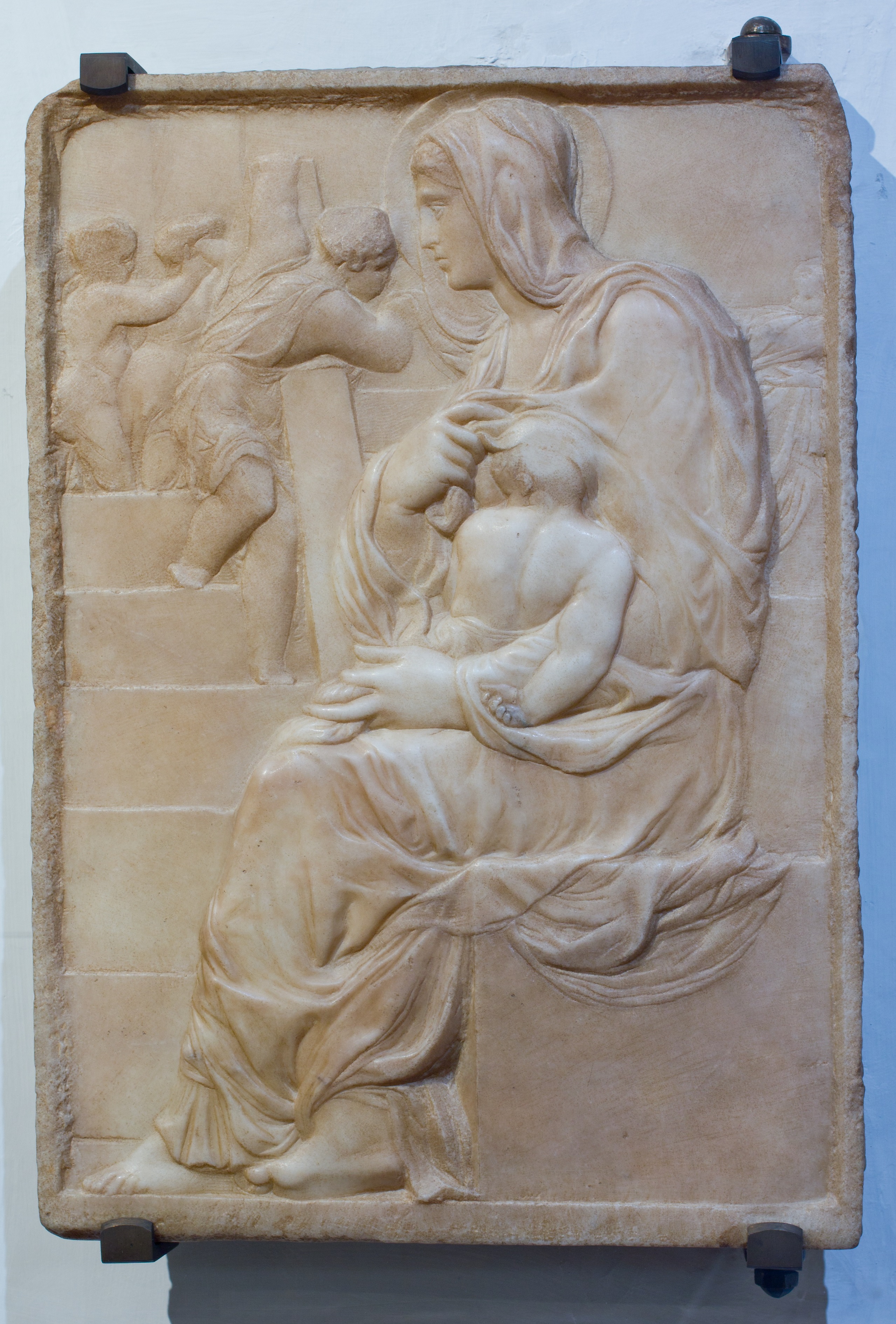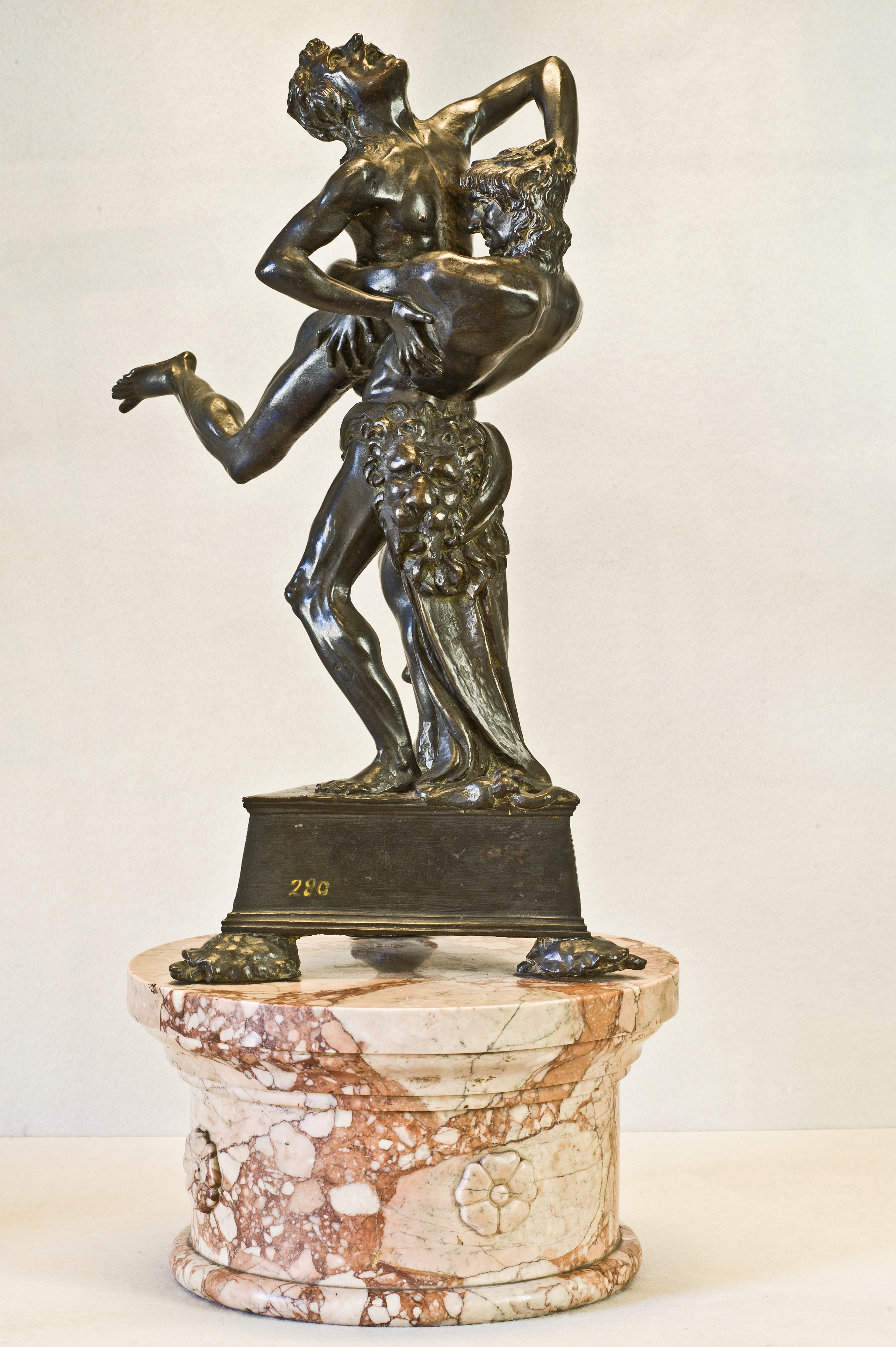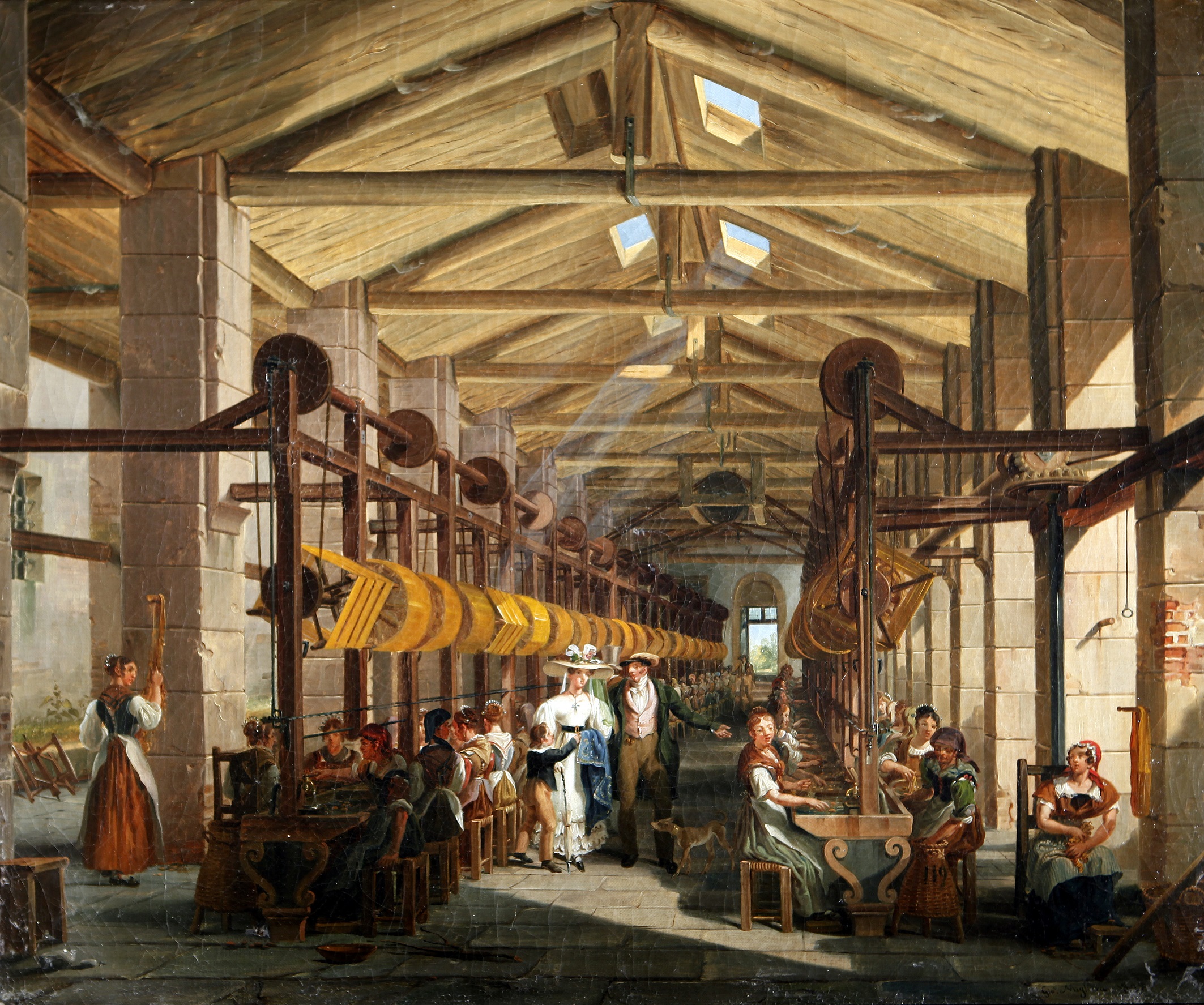From the Medici to the Rothschilds – art patrons, collectors, philanthropists
“From the Medici to the Rothschilds. Patrons, collectors, philanthropists” is the title of the exhibition that the Gallerie d’Italia – Milano is dedicating to the great bankers who, in the role of buyers, collectors and philanthropists, have marked the history of collecting and taste.
The exhibition includes more than 120 exemplary artworks of their collections from prestigious international museums. Curated by Fernando Mazzocca and Sebastian Schütze with the general coordination of Gianfranco Brunelli, it features works by Verrocchio, Michelangelo, Bronzino, Caravaggio, Gherardo delle Notti (Gerrit van Honthorst), Valentin de Boulogne, Antoon Van Dyck, Angelika Kauffmann, Francesco Hayez and an unpublished work by Giorgio Morandi.
Without the support of bankers, myriad works of art would never have seen the light. The thesis of this show is that, coinciding with a period of history over the past 500 years in which democratic values have been affirmed, a reciprocity between culture and money has occurred.
Giovanni Bazoli, President Emeritus of Intesa Sanpaolo
Many of the greatest art patrons of all time were major bankers: the exhibition commemorates the figure and the choices of collectors through their portraits and their personal stories, often rich in humanitarian initiatives.
In the past artists have benefited from bankers’ help in the simple sense of having money to work, live and thrive, what bankers have gained from the arrangement is more complex.
In some cases – such as that of Lorenzo de’ Medici, whose section of the show includes Michelangelo’s marble relief Madonna of the Stairs – art was used as a means of declaring a banker’s power and status.
In recent years one of the greatest patrons was the “humanist" banker Raffaele Mattioli, a leading figure in the economic and cultural renaissance in post-war Italy: he started and directed Banca Commerciale Italiana’s art collection, commissioning works from mid-20th-century Italian talents such as Renato Guttuso, Giacomo Manzù and Giorgio Morandi.
Raffaele Mattioli also acted as an important patron and collector of art. After the Second World War, he helped purchase Michelangelo’s Pietà Rondanini (not part of the exhibition) for the city of Milan, thus preventing its expatriation to the US.
Mattioli's acquisitions make up a part of Intesa Sanpaolo's art collection, which currently numbers 35,000 art works, and his legacy as a great publisher has been an extraordinary example, to which Intesa Sanpaolo's "Progetto Cultura" has given continuity and confirmation.
The Milan museum, together with those in Turin, Naples and Vicenza, is part of Intesa Sanpaolo’s Gallerie d’Italia museum project.
Open to the public from 18 November 2022 to 26 March 2023.
For information on opening times and admission, visit the Gallerie d’Italia website.
1. Agnolo di Cosimo detto il Bronzino e bottega
(Firenze 1503-1572)
Ritratto di Lorenzo il Magnifico, 1552-1553 circa
Olio su stagno, 16 x 12,5 cm
Iscrizioni: in alto “Laurentius Medices Petri Filius”
Firenze, Gallerie degli Uffizi, Galleria delle Statue e delle Pitture
Gabinetto fotografico delle Gallerie degli Uffizi, Firenze. Su concessione del Ministero della Cultura
2. Michelangelo Buonarroti
Madonna della scala, 1490 ca
marmo, 56,70 x 40,10 x 4 cm
Firenze, Casa Buonarroti
3. Antonio del Pollaiolo
Ercole e Anteo, 1475 ca.
bronzo, alt. 45 cm
Firenze, Museo Nazionale del Bargello
Gabinetto fotografico delle Gallerie degli Uffizi, Firenze. Su concessione del Ministero della Cultura
4. Giovanni Migliara
La filanda Mylius a Boffalora Ticino, 1828
olio su tela, 43 x 51,50 x 3 cm
Loveno di Menaggio (Como), Villa Vigoni - Centro italo-tedesco per il dialogo europeo
©Archivio Fotografico Villa Vigoni
Last updated 30 January 2023 at 08:51:04



